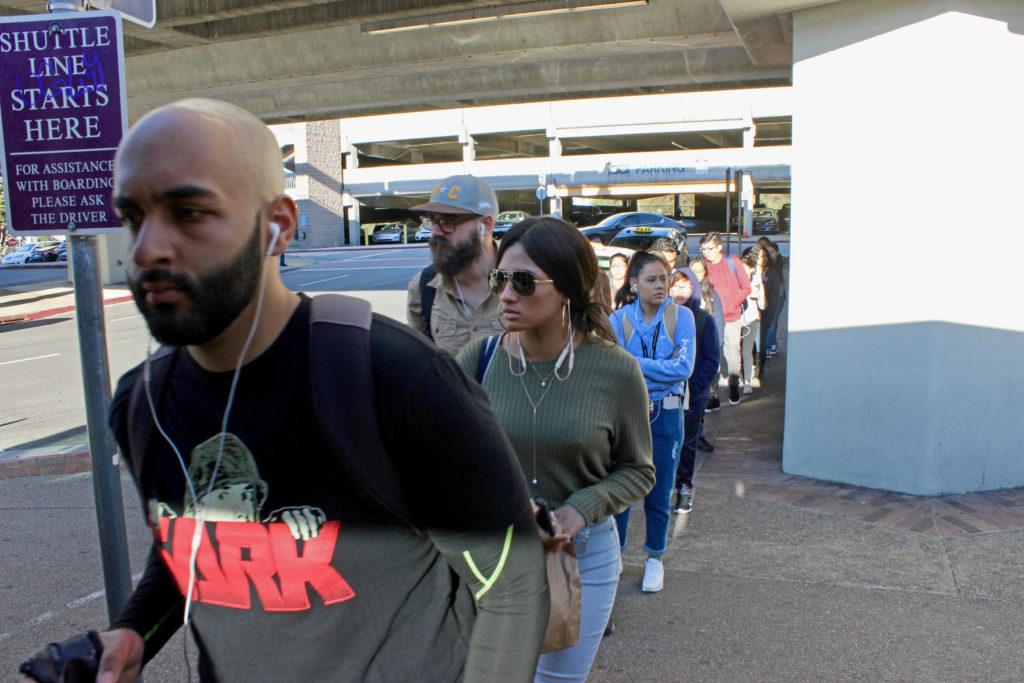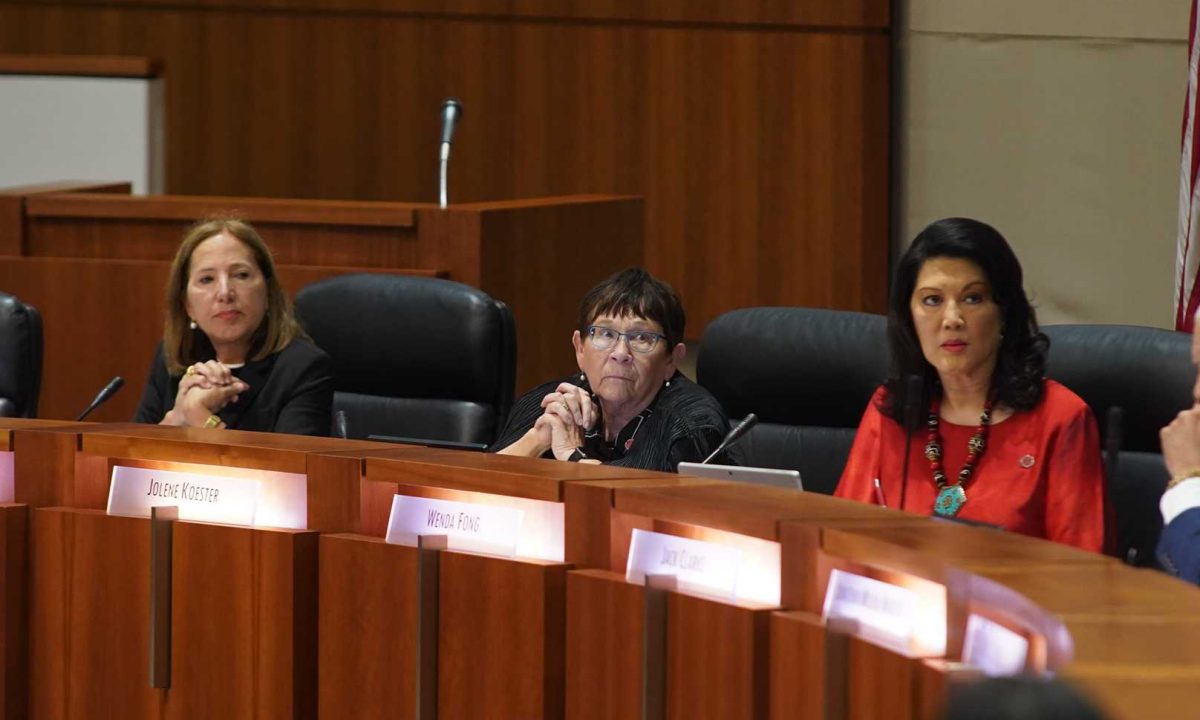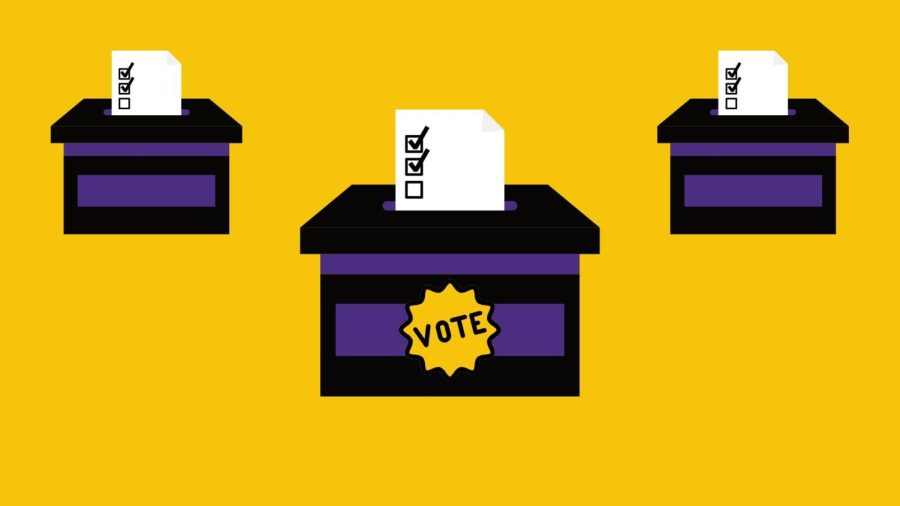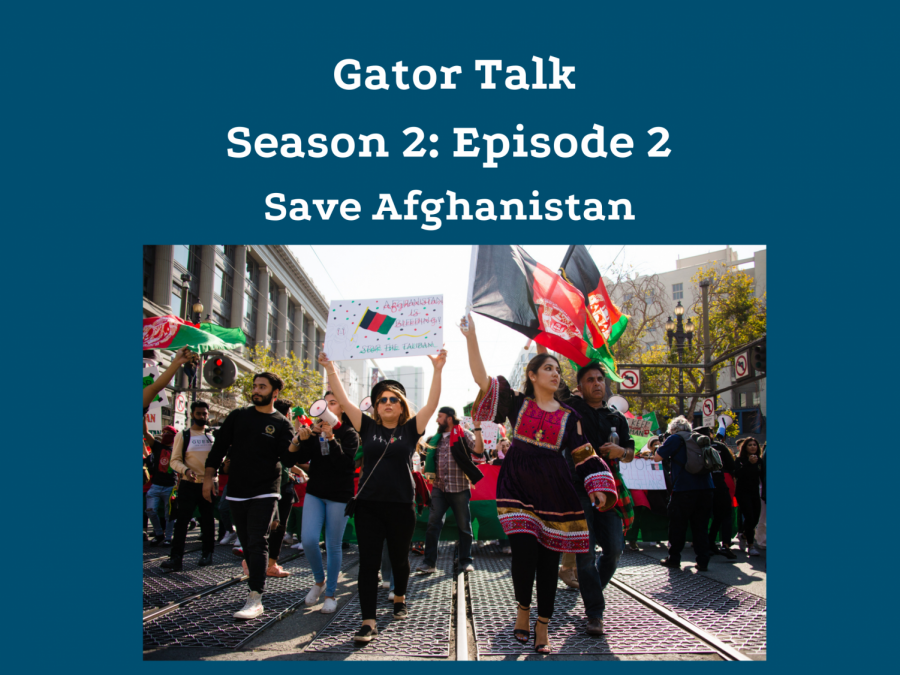SF State’s Daly City BART Express Shuttles ferry students from BART to campus and back every ten to 15 minutes, five days a week, or it’s supposed to, anyway.
During peak hours, the service can grind to a crawl due in part to service flaws by the contractor, transMETRO, as well as the university’s own thriftiness, according to shuttle drivers.

(Francisca Velasco/Golden gate Xpress)
Students on their way to campus between 7 and 10 a.m. are familiar with the long line of riders snaking back from the curb where the shuttle makes its stop at Daly City BART.
Likewise, students leaving campus in the afternoon or early evening are met with a line that stretches from the shuttle’s stop on 19th Avenue all the way back to the path leading from the quad.
That’s because transMETRO has no strategy to deal with peak hours driver John Barry said. Barry drove the route full-time for two years before taking another job moving contaminated dirt at construction sites in 2017. Now he occasionally fills in as a driver.
“Five buses would be better,” Barry said. “But we know the reality is that that’s not gonna happen. You’re lucky to have four buses out there.”
TransMETRO did not respond to several requests for comment.
Barry said his boss told him that SF State is unwilling to upgrade the system to account for peak hours — something Joy A. Manaois, SF State’s Director of Operations & Finance, did not dispute.
“Since funding to operate the free shuttle service relies solely on Parking & Transportation’s annual revenue and not student fees, there is currently no plan to increase the number of buses to accommodate other projects and services provided for the campus community,” stated Manaois in an email.
SF State first implemented a shuttle service in 1989, and in 2015, contracted the service out to transMETRO at a price tag of $875,000 annually.
The Parking and Transportation Department pays for the contract from on-campus parking permits and parking tickets.
The university has hired several companies to provide this service over the years, and even owned their own fleet of smaller shuttles before partnering with transMETRO, which is owned and operated by brothers Manny and Fred Khan.
Parking and Transportation lists the shuttle’s hours of operations as Monday through Thursday 7 a.m. to 10:30 p.m., and 7 a.m. to 7:15 p.m. on Friday, but much of the service’s reliability depends on the time of day.
Aaron Le, in his fifth year at SF State studying computer engineering, rides the shuttle five days a week and says that while he appreciates the service, he gets impatient with it.
“I do feel like it gets worse depending on the timing, so maybe in the morning it won’t be as busy, but like around maybe 4 to 6 [p.m.], in my experience, it’s usually always packed,” Le said.
Barry said he became “a sore thumb” by suggesting a number of fixes that neither transMETRO nor SF State is interested in making.
“The system can work better, but what I was told by my boss is that [SF] State doesn’t want to put out no more money so he’s not gonna put out no more work — it’s like a stalemate,” Barry said. “It’s sad because these students suffer. You’re cheating them.”
One of Barry’s suggestions is creating a more consistent break policy.
Manaois said breaks are scheduled specifically to maintain that reliability, but according to Barry and another driver, Eric Young, there’s no set schedule.
“When everybody does what they’re supposed to do, these people don’t wait very long for a bus at all,” Young said.
But according to Barry, the break system is pretty loose, and he’s found himself the lone driver on the road as two drivers take breaks at the same time.
“The communication of taking a break doesn’t work the way it should,” Barry said.
Nedda Khorshidi, a transfer student in her second year as a psychology major, said she usually prefers to take the No. 28 Muni because it comes more often than the shuttle and leaves right away.
In her experience, she said, even when the shuttle does come every 15 minutes, it’s not always enough.
“I’ve seen people have to be in the middle of the line and the doors get shut on them in the morning time for sure,” she said.
With only four buses, the drivers have to make do with what they have, and that often means packing their buses to the gills. Manaois said drivers have been trained to only allow the maximum capacity the buses can carry.
But Young, who’s driven the SF State route for two years, said he’s never been explicitly told how many passengers he’s allowed to have in his vehicle.
“I think there is [a policy], I just don’t know [what it is] because I just don’t look at it,” Young said. “I’ve been in the transit industry for years and I know what’s too much. I know what I can handle.”
Young’s manager recently suggested that only 10 people be allowed to stand per load, he said, but it wasn’t because of a safety concern.
“He contends that because of the weight of people on the bus that’s why the bus goes slower,” Young said. “Candidly, that is the biggest crock of shit I’ve ever heard. I’ve been in the transit industry for over 20 years and I’m gonna tell you right now, if your bus is that slow because of the weight of passengers, take that bus off the road. It is not roadworthy, it is not strong enough.”
Barry, too, said his experience allows him to know how many passengers he can safely manage onboard.
“It’s not a policy that the company I work for asks. I do monitor how the vehicle handles when I have that many, ‘cause I’ve put at least maybe almost 100 people on the shuttle.”
SF State also has misconceptions about the number of drivers and shuttles — according to Manaois, there are six drivers and five buses, but Barry and Young said there are actually four drivers working the SF State route.
“We had one quit last week because this job does not pay overtime,” Young said. “We have a problem keeping drivers, there’s a big turnover.”
Young was homeless before getting the job two years ago, and said he appreciates its flexibility, but he’s been tempted by offers for better wages.
“When I first came here I was only making $20,” he added. “It beats the hell out of homelessness, but at the same time, even with what I’m making [now] it’s still not enough to afford any housing here in San Francisco or Daly City for that matter.”
Both Young and Barry said the roadworthiness of the buses is a problem at times.
“Like anybody that’s trying to get by, [Manny] is trying to push the envelope when he shouldn’t push the envelope,” Barry said.
Young believes the company doesn’t have enough mechanics to service all of transMETRO’s buses, including the vehicles serving the California State University East Bay and the Department of Veterans Affairs.
“At the alarming rate that these buses have been breaking down, I think it’s taking a toll on [the service’s] reliability,” Young said.
TransMETRO relies on drivers to report issues with the buses, Barry said, and each vehicle has to pass inspection every 45 days. He said it’s not uncommon to have a bus break down on him and find out later that another driver was having issues with the same bus but didn’t report it.
If a bus goes totally out of commission, there is only one backup bus, and neither Barry nor Young has any love for it.
“When that little bus is out on the road, you know things are bad,” Young said. “It’s not the most comfortable bus to drive, in fact it took me off the job for about three days with back problems [because] the shocks were so bad.”
So why is it still on the road?
“Because it passes inspection,” Barry said.











A.Goodman • Oct 16, 2018 at 7:12 pm
See prior MOU between SFSU-CSU and SFMTA on transportation and 19th Ave Station. Shuttle services consistently removed and declined, lines formed, and stops removed. Than they increased enrollment caps, tuition, and throw students the “gator-pass” but no real solutions to transportation and connectivity to daly city bart.
This is how “environmental” the SFSU-Masterplanners are… dont think they are sustainable when they all drive to private parking while ignoring how others get to school daily…